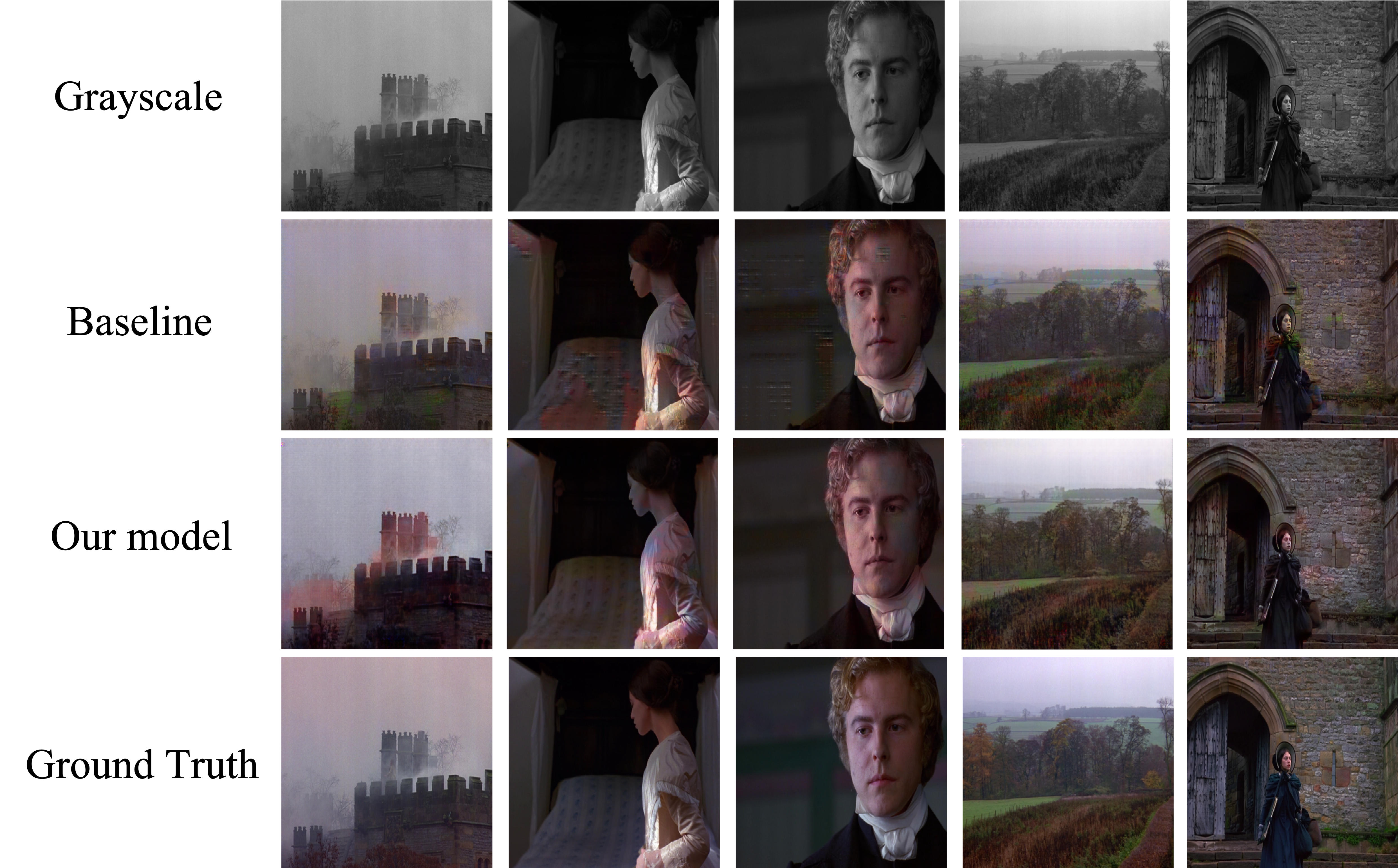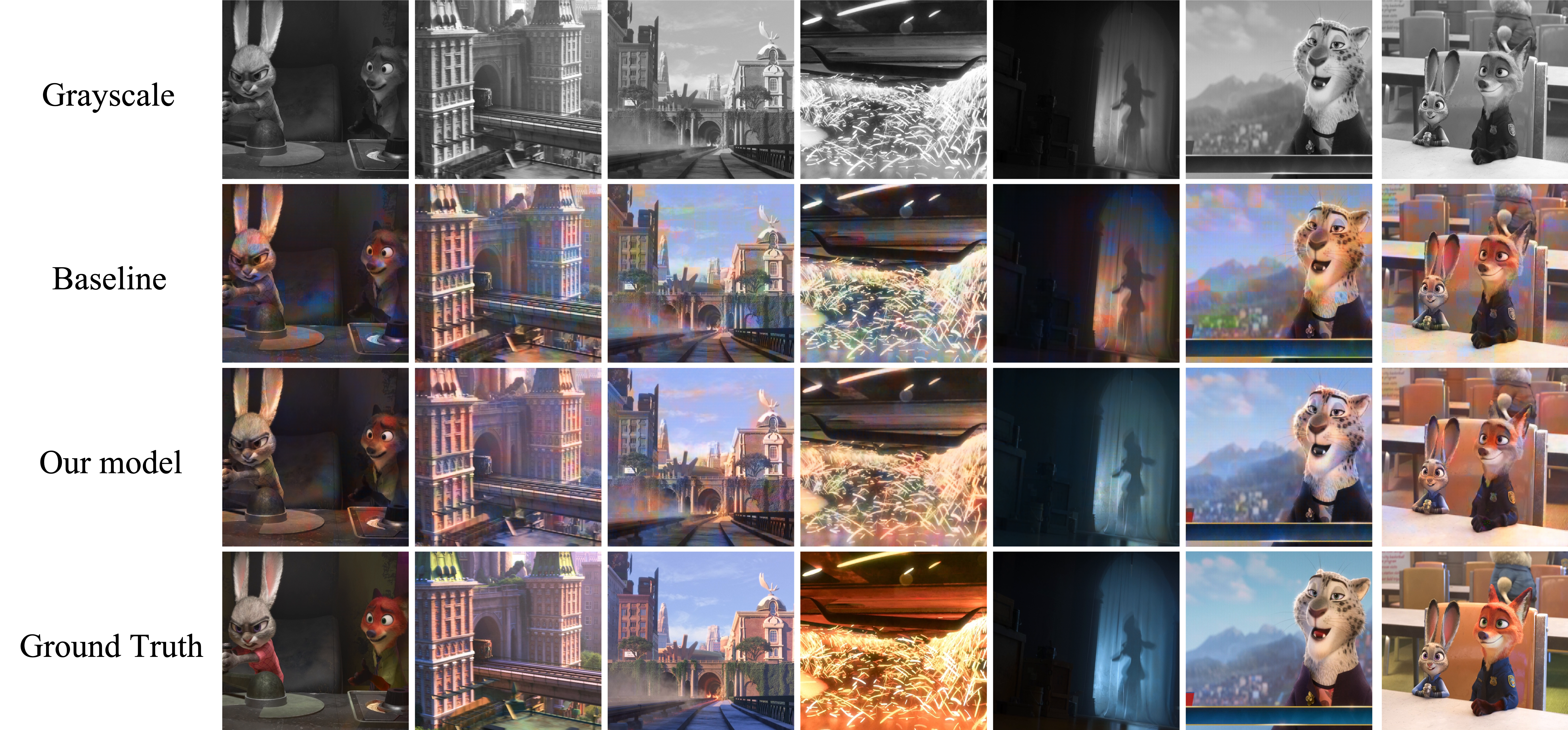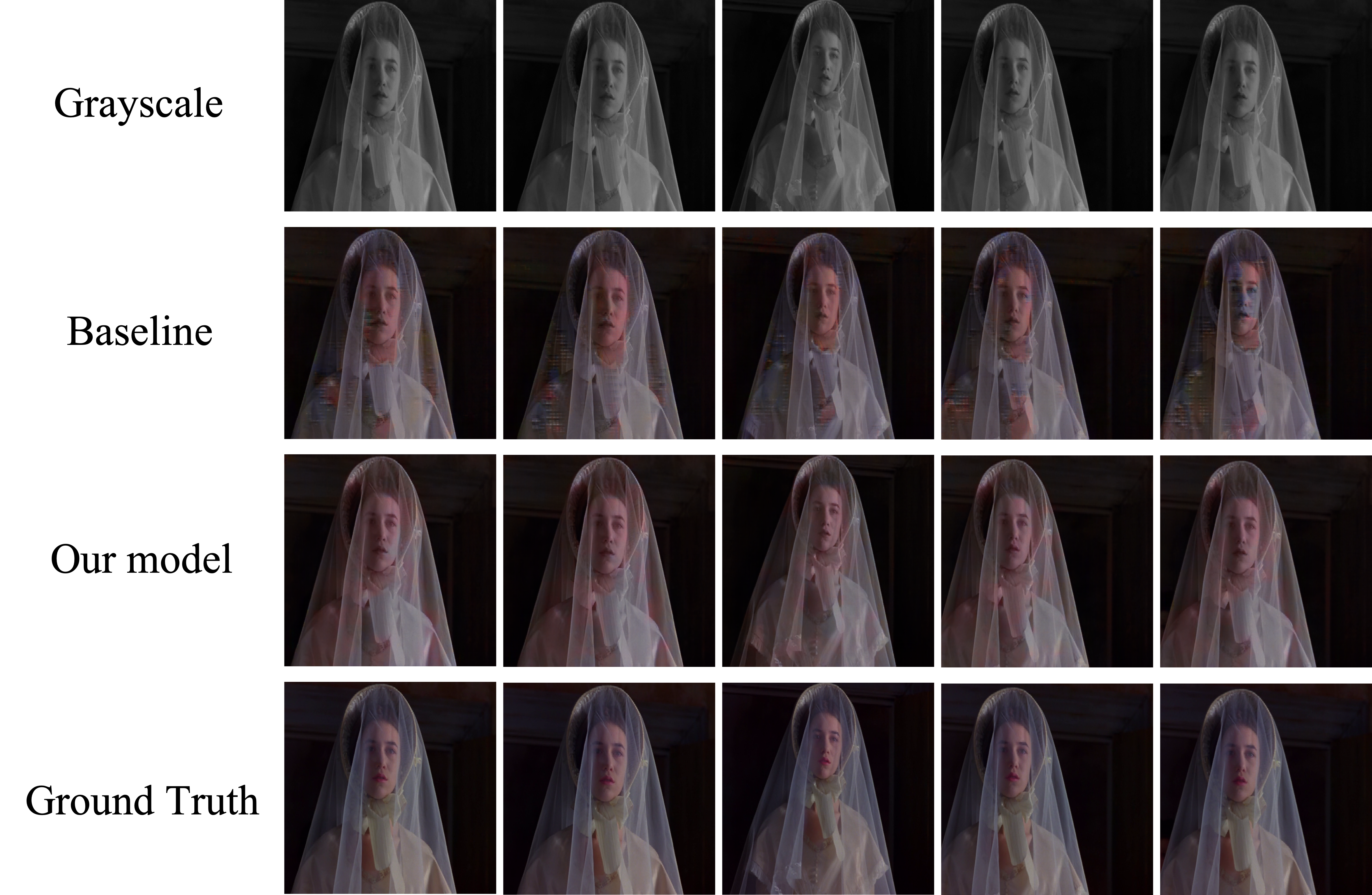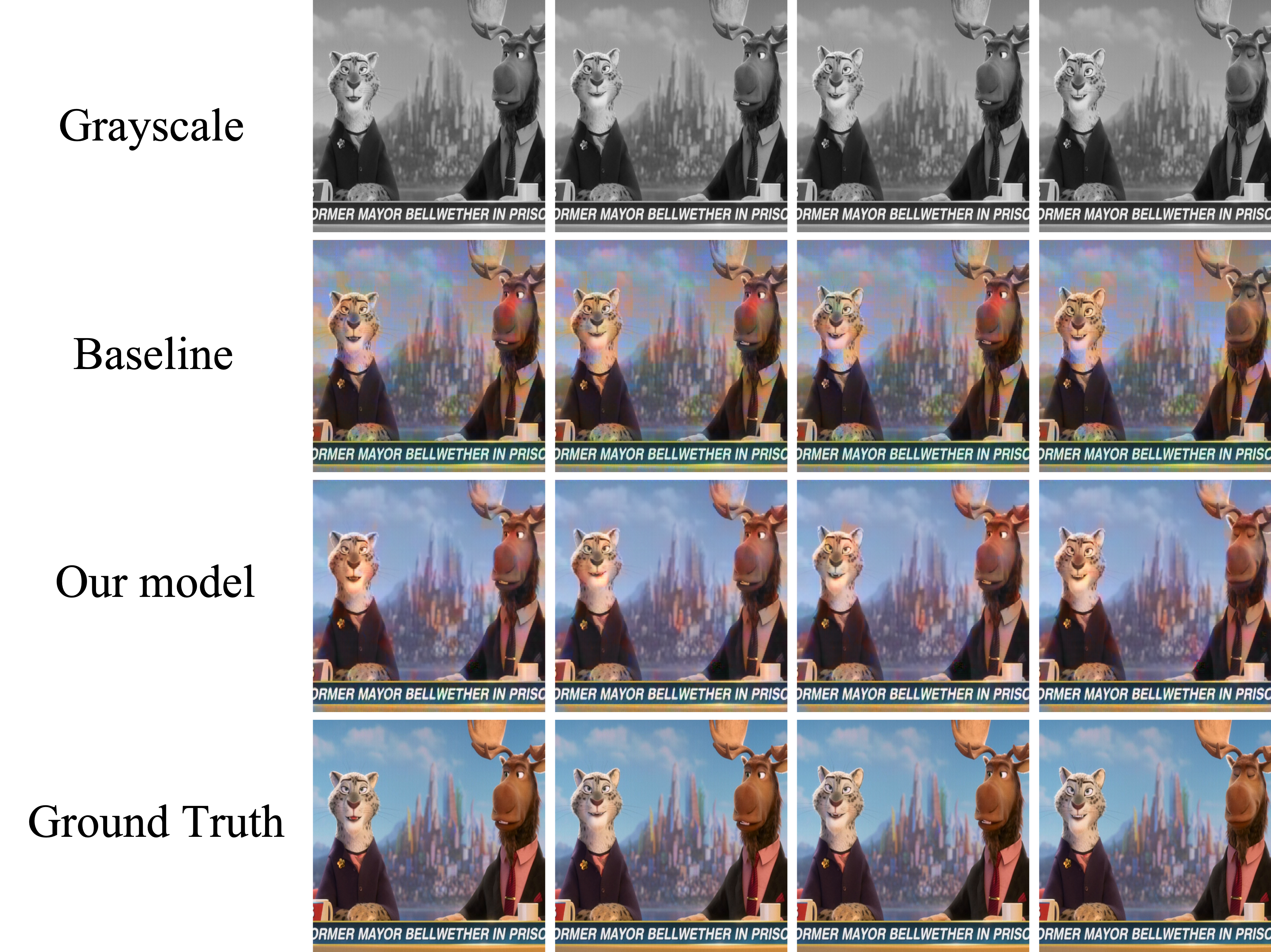This repository is the implementation of Conditional GANs, to colorize videos from greyscale to RGB. The input of the network is 1-channel greyscale video (specifically, the 'L' channel of LAB color space), and the Generator will create a 3-channel colorful version of the input video.
The generator has an encoder-decoder architecture. Since we process the input video frame-by-frame, in order to achieve temporal smoothing, we feed three continuous frames at every step to get a new bottleneck feature map; the discriminator is just one encoder plus fully-connected layers which gives one-class output. Skip-connection is applied in the generator (U-Net). For 224x224 images, the architecture of generator is shown below.
To stabilize the training of our GANs, we apply two additional training strategies:
- We replace all negative log likelihood objective in the adversarial loss by a least square loss.
- We introduce spectral normalization to stabilize the training of discriminator.
Each block contains Conv(transpose Conv) layer, BatchNormalization and Leaky ReLU. Final activation function for generator is tanh; for discriminator its sigmoid. Input images are normalized before feeding into the network.
Therefore, the adversarial loss function is given by:
Meanwhile, the pixel-level loss is an average of RGB channels, which is given by:
The relative weight between adversarial loss and pixel-level loss is balanced by hyper-parameters, which is given by:
where the coefficient α = 1 and β = 20 is used according to experiments. The model is optimized using Adam optimizer with minor changes.
The model is universal for all kinds of colorful video dataset. Two datasets are experimented here: Jane Eyre and Zootopia.
-
Jane Eyre: We use FFmpeg to extract frames from the input video, resulting in a total of 10000 training images, and 2804 test images.
-
Zootopia: We use FFmpeg to extract frames from the input video, resulting in a total of 10000 training images, and 1330 test images.
- Example command to train Zootopia dataset:
python gan_main_time.py --path my_path --batch_size 8 --lr 1e-3 --large --num_epoch 50 --lamb 20 -s --gpu 0 --ngf 64 --ndf 32 --patchGAN --use_lsgan
Replace my_path by the root path of Zootopia dataset.
Image samples created during validation will be saved in img/, and the model will be saved in model/ if -s option is used.
- Example command to test Zootopia dataset:
python output.py --path data_path/ --savepath output_time/ --modelpath model_path --time 'time'
to test the model with unseen images. Replace data_path by the path of the test set of Zootopia and replace model_path by the path of the model that was saved during the training process.
We compare our results with baseline models in 2 ways -- individual frame quality and continuous frames quality.
Jane Eyre with 480x480 image size:
Zootopia with 480x480 image size:
Jane Eyre with 480x480 image size:
Zootopia with 480x480 image size:
| Gray-scale | Our model | Original |
|---|---|---|
 |
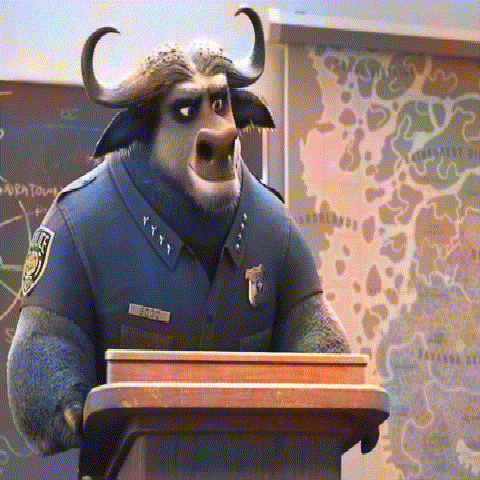 |
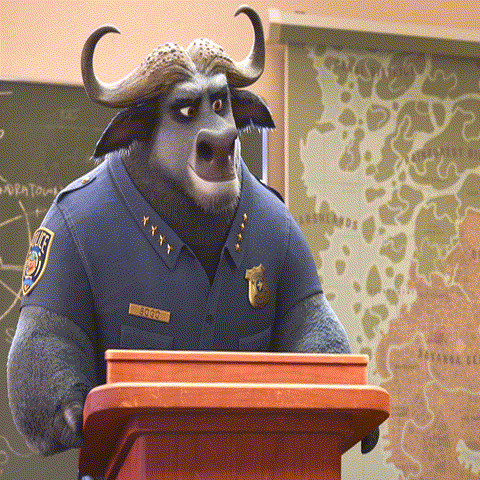 |
-
I. J. Goodfellow, J. Pouget-Abadie, M. Mirza, B. Xu, D. Warde-Farley, S. Ozair, A. Courville, and Y. Bengio. Generative adversarial networks. arXiv, 2014.
-
M. Mirza and S. Osindero. Conditional generative adversarial nets. CoRR, abs/1411.1784, 2014.
-
O. Ronneberger, P. Fischer, and T. Brox. U-net: Convolutional networks for biomedical image segmentation. CoRR, abs/1505.04597, 2015.
-
Han Zhang, Ian J. Goodfellow, Dimitris N. Metaxas, and Augustus Odena. Self-attention generative adversarial networks. CoRR, abs/1805.08318, 2018.
-
Dmitry Ulyanov, Andrea Vedaldi, and Victor Lempitsky. Instance normalization: The missing ingredient for fast stylization. arXiv preprint arXiv:1607.08022, 2016.
-
Takeru Miyato, Toshiki Kataoka, Masanori Koyama, and Yuichi Yoshida. Spectral normalization for generative adversarial networks. arXiv preprint arXiv:1802.05957, 2018.



